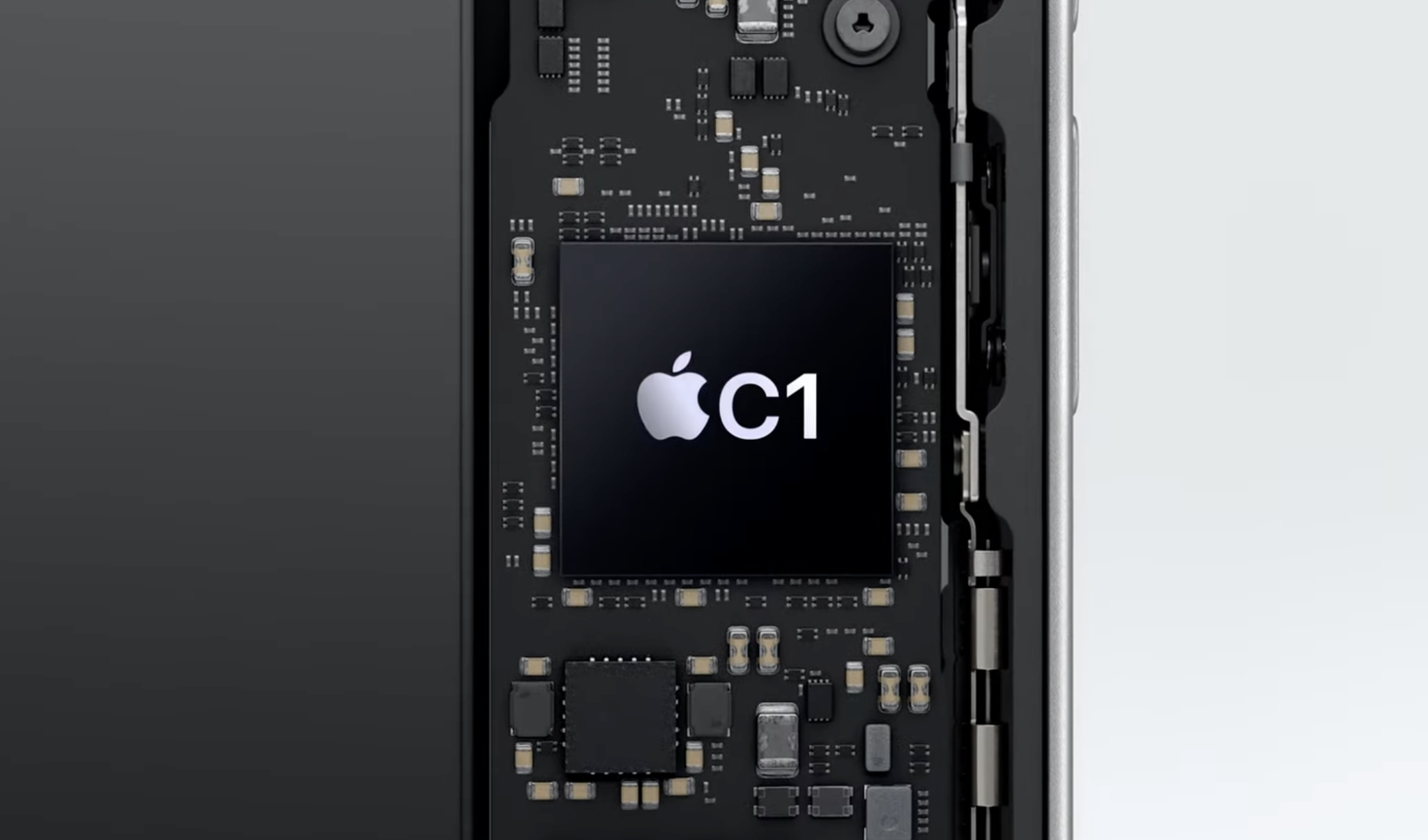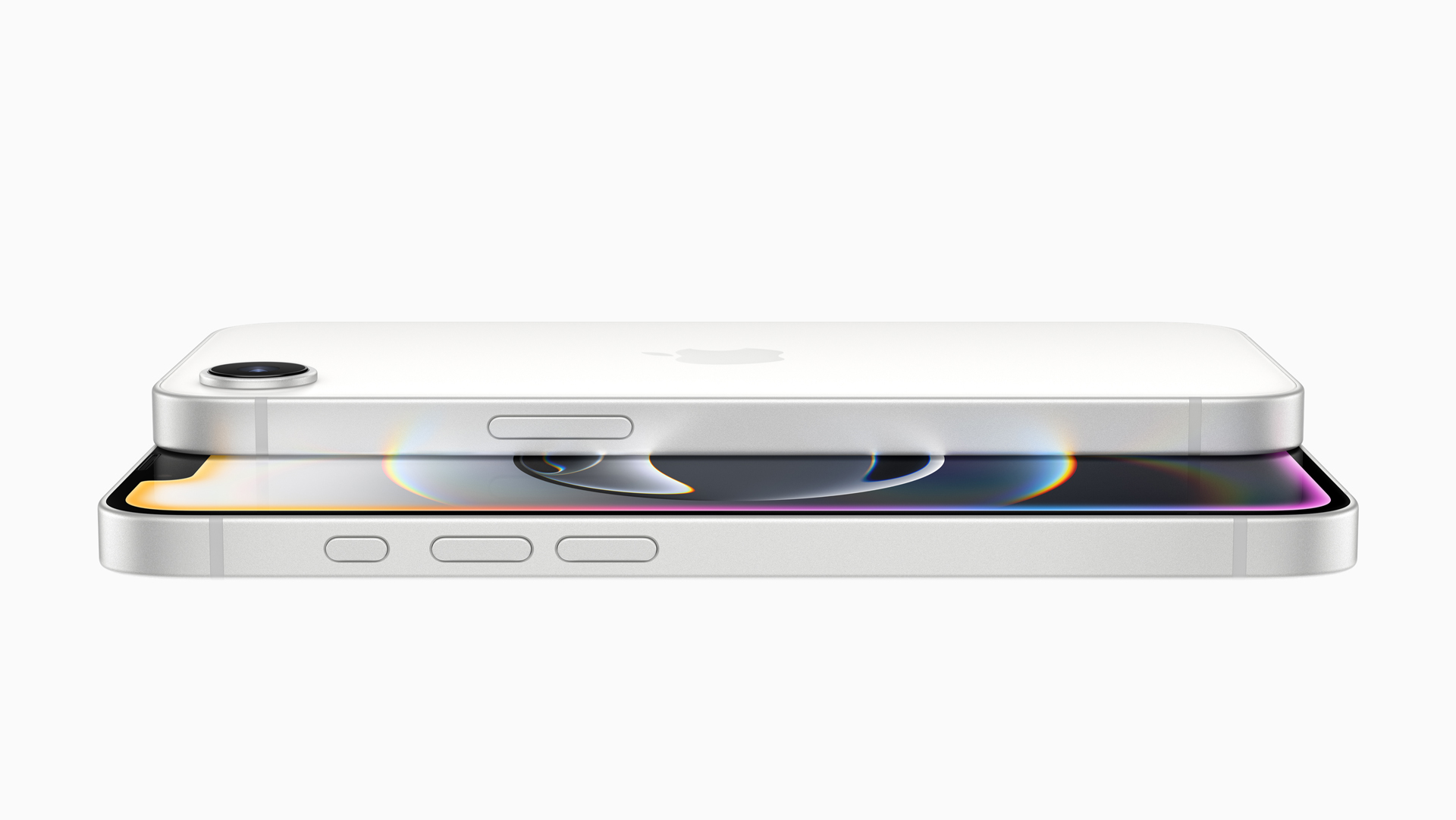Apple’s C1 chip could be a big deal for iPhones – here’s why
Sucks to be you, Qualcomm

Apple has just revealed the iPhone 16e, its new budget phone to replace the aged iPhone SE, but it’s more than just a cheaper take on the iPhone 16, as it comes with a brand-new component: the C1 cellular modem.
That’s Apple’s first-ever modem chip created for an iPhone and marks what could be a major move from using Qualcomm modem chips, further letting the Cupertino crew have greater control over iPhone hardware at a granular level.
We don’t have a vast amount of information about the C1 modem chip. Still, Apple touted that it’s “the most power-efficient modem ever on an iPhone, delivering fast and reliable 5G cellular connectivity."
A fast and reliable 5G connection is to be expected, especially when the iPhone 16e is a $599 / 3599 / AU$999 phone, so it is hardly a slam-dunk contender for our best cheap phones list, at least in its current content. But what got my attention was the power-efficiency claim.
Unbelievably, I live in a part of London that has yet to get fiber internet connectivity, so when it comes to doing anything that requires a lot of bandwidth, say downloading a PS5 or Xbox Series X game, I need to tether to my iPhone 16 Pro Max to tap into the faster 5G connection.
This is fine until I look at how much battery gets gobbled up from using sustained 5G data transfer, plus the phone gets rather toasty to the touch.
If the C1 can significantly improve power efficiency, we could see the iPhone 16e, and perhaps the likes of the rumored iPhone 17 family, combat this by glugging less juice from the battery and getting less hot under the silicon collar.
Get daily insight, inspiration and deals in your inbox
Sign up for breaking news, reviews, opinion, top tech deals, and more.
Overall, we could see that iPhones improve on the already solid battery life that Apple phones tend to offer, though they are far from being the longest-lasting smartphones. At a time when we’re seeing demanding AI-powered tools and features pop up in the best phones, having improved power efficiency will become rather more important.
Chipping away

Another interesting point that popped up when I dug into Apple’s iPhone 16e announcement is that the combination of the new C1 chip and the A18 chip, which can be found in the iPhone 16 and iPhone 16 Plus, has allowed for a new internal design with the iPhone 16e.
Apple hasn’t gone into details here, but like in the world of cars, especially Formula One, new methods of packaging in components can lead to more efficient designs and potentially improved performance.
Or a new internal design for iPhones could yield new hardware features; maybe with next-generation iPhones, we could get a dedicated graphic processing unit separate from the A18 chip that could bring in huge graphics power to supercharge gaming and other graphically demanding tasks on iPhones.
This is just me pondering, of course. But if nothing else, a new internal design could yield more compact and slimmer iPhones.
So, while a new in-house-designed modem chip might not be the most exciting of new Apple components, it could be a bigger deal for future iPhones than one might first think.
You might also like
Roland Moore-Colyer is Managing Editor at TechRadar with a focus on phones and tablets, but a general interest in all things tech, especially those with a good story behind them. He can also be found writing about games, computers, and cars when the occasion arrives, and supports with the day-to-day running of TechRadar. When not at his desk Roland can be found wandering around London, often with a look of curiosity on his face and a nose for food markets.
You must confirm your public display name before commenting
Please logout and then login again, you will then be prompted to enter your display name.